Until a few years ago, I didn’t think of myself as a person with inner mental barriers. I didn’t believe I had restrictions in my thought process, nor did I think for one second that I’d let anything or anyone dictate my choice of subject or composition.
This may sound like the ideal mindset, but at one point I realised that my photography subjects and my drive were so dependent on what was popular online that I couldn’t lift my camera unless I’d seen a Portra 400 frame looking like it on Instagram beforehand. This wasn’t just true in my photography—my life choices were, in many ways, affected the same way by cultural expectations and commercialised living. I was severely lacking in creativity, lacking my own opinions, and caught up in what other people found likeable on their phones.
Even worse was that, in my mind, creativity was something you were born with. It couldn’t be taught. It was magic. And I didn’t have it.
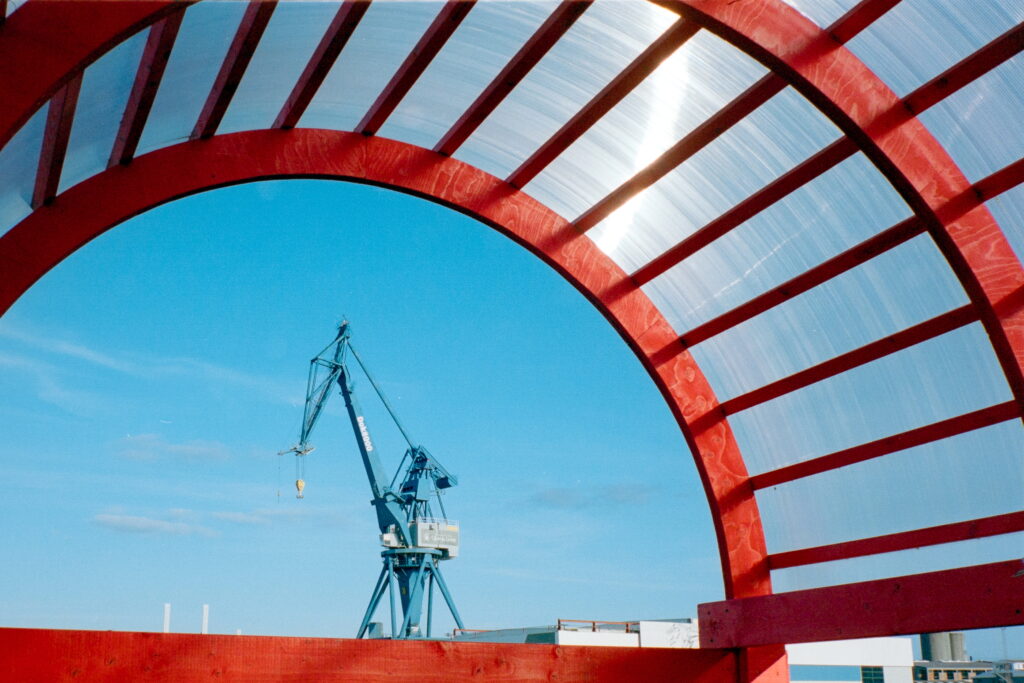
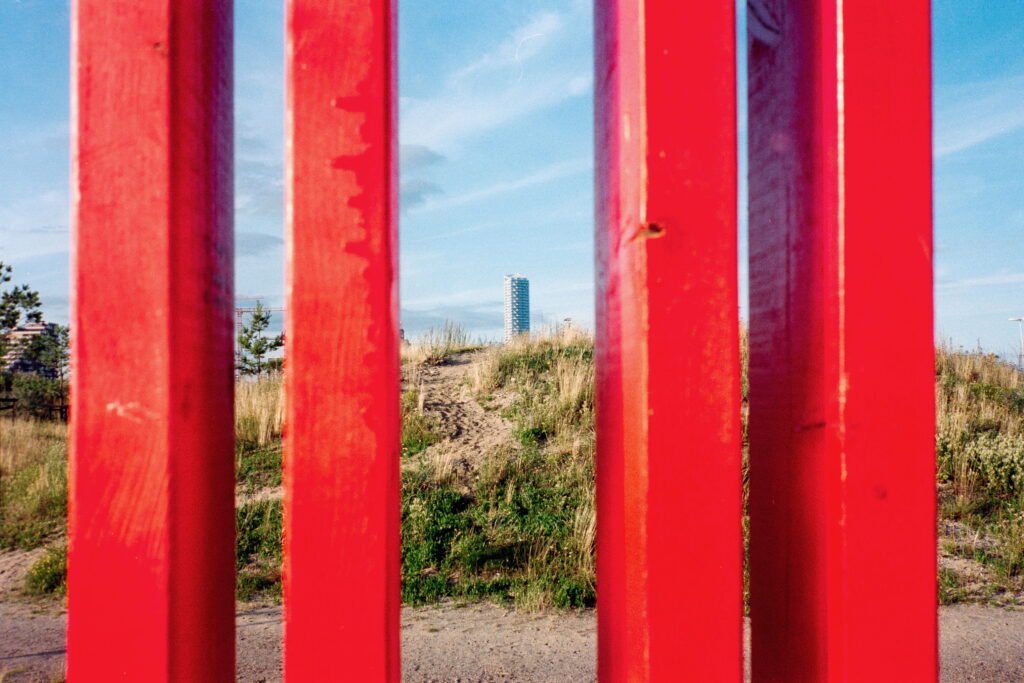
That was until I began to focus on what actually defines creativity, how to foster an open mindset, and how to build the thought processes needed to create, combine, and express novel ideas. I began to practice creativity for myself—and that isn’t easy when you’ve placed yourself in a box of conformity for years just to fit in.
Think of how many years you spend trying to be like others, how many hours you spend learning what’s cool and what’s not—and now you have to throw all of that to one side. I had to unlearn the habit of being overly aware of others’ opinions. Not permanently, but at least when I experiment and try new ideas.
I’ll try to explain how I work and why I think it leads to more enjoyment in photography. Though I’m not a professional photographer, I work in research and development, where I rely on the same creative spark I use in photography. I’ve included five pairs of film photos from 2024—each pair taken within a day or two—where I believe one photo works and the other doesn’t work nearly as well (though good enough to keep). The important part is that they were both part of my process and experimentation.
Keep It to Yourself (At First)
I’ve grown up with social media since I was 12 years old. Sharing every little success with the world is the norm, and it leaves little wiggle room for failure. No one wants to share their failures among others’ victories.
When you follow 500+ people on social media, chances are that each day one of them has something to share. That doesn’t mean you have to share everything as well. I’m not saying you should never post anything—but there is a distinct difference in how you approach photography when you know a photo will be shared with the world versus when it’s just for your own eyes.
Remember who you’re taking the photo for, and go shoot with the mentality that you’re going to keep the photos to yourself—whether they’re good or bad. If needed, share your five favourite photos from the month or year. We all need some affirmation now and then.
Boundaries Set You Free
Now that you’ve let go of others’ opinions in your mind, you’re ready to explore your own.
There are several ways to loosen the creative chains, and it’s personal which ones work best, but some general guidelines help. First: make sure you have time. Don’t just set aside five minutes to get the picture. Give yourself an hour—or even more—to let go of unnecessary stressors. Creativity thrives best when you can focus fully on the present moment, and that’s where joy thrives, too.
You forget your duties for a set time and hone in on the playing field. You can even do this challenge with friends.
Go out for an hour—either together or separately—and meet up afterwards to share what you experienced.
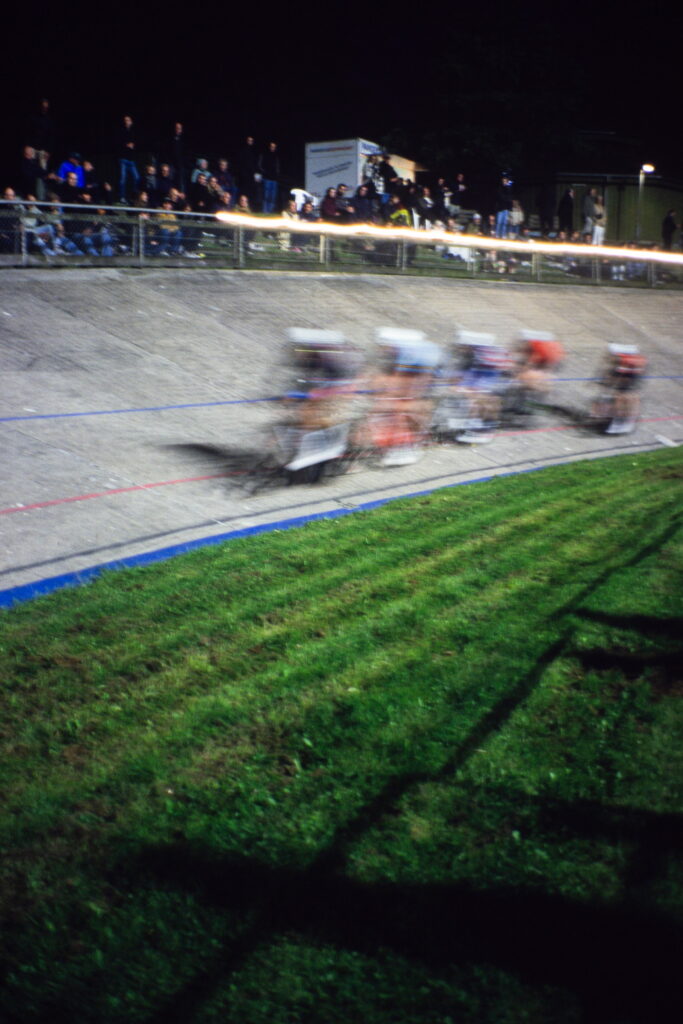
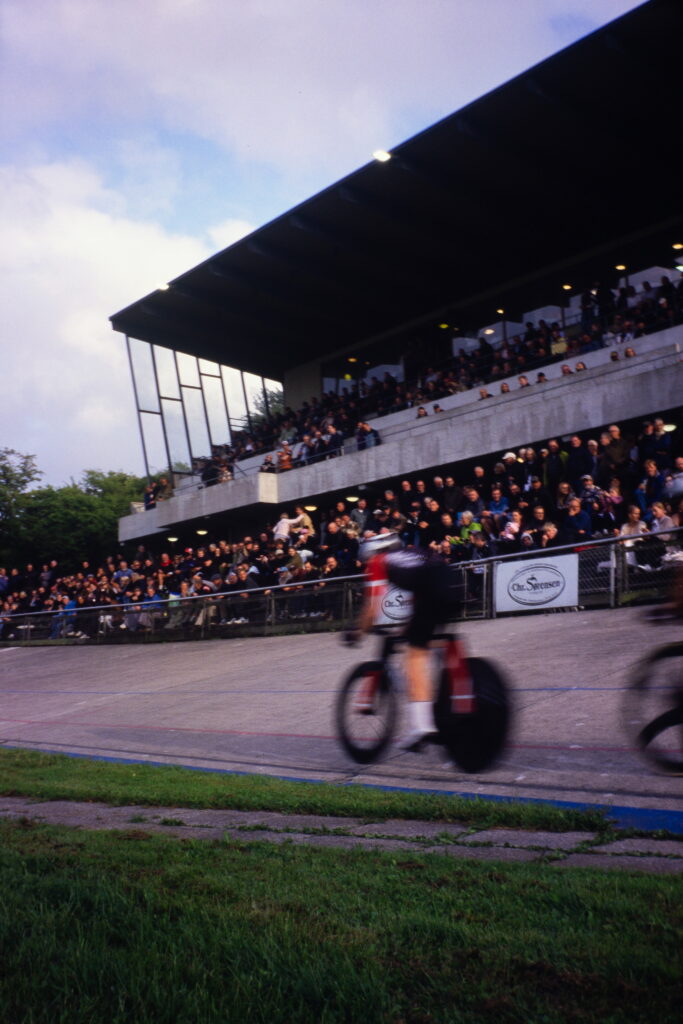
Then you begin to ask: Why designate a time slot? Why not just give myself unlimited space and time?
You might think creativity is a liberating act—freeing you from all constraints. But ironically, creativity rarely thrives in total freedom, with no direction, time limit, or rules. You have to set up some kind of boundary. Whether it’s a time limit, a certain theme, or a single subject, constraints help creativity flourish.
Example constraint: Only photograph subjects that contain a reflection, and shoot no more than 10 frames within an hour.
This is deliberate practice. It requires awareness of your own process—and it works.
Choose Your Influences Before Someone Else Chooses for You
You’ve set aside an hour to go out and photograph—that’s easy. But where do you start setting up the boundaries?
I used reflections as an example because they move me. They make me want to pick up my camera and go shoot. I realised this when I started looking at the work of the best photographers I could find. Harry Gruyaert and Saul Leiter really hit home with me. So I began to ask: what is it that gives me that feeling?
Reflections. Deep blacks. Silhouettes.
I highly recommend looking at the work of the best photographers you can think of. Why the best? Because they curate. They only share the best of the best—so your time is well spent.
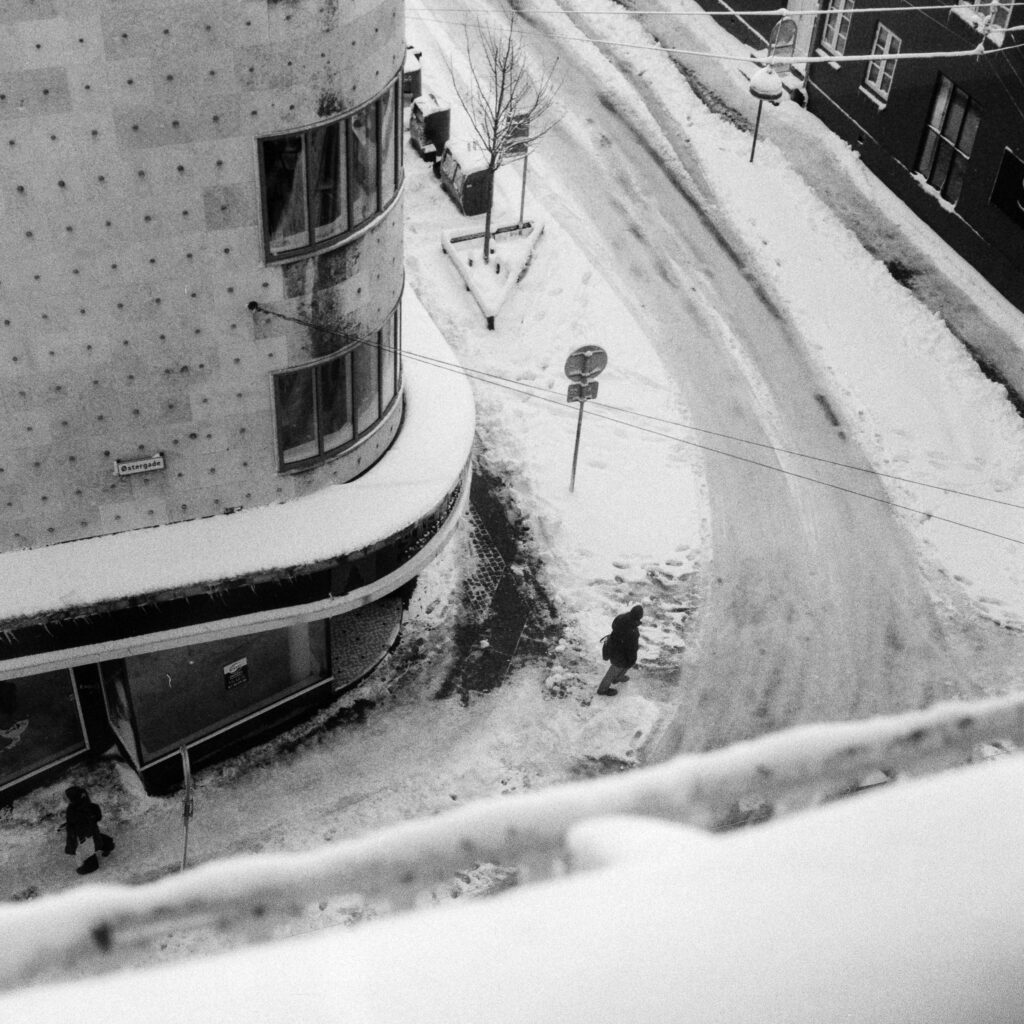

Buy photo books. They often tell stories as well from photo to photo. The best photographers don’t share photos everyday from random walks; they share what works and what keeps them going. Instagrammers shout to get your attention—they’ll try anything. Choose your input wisely.
Notice what excites you, and implement those elements—one at a time—into your creative sessions. Personally, I relax more when I try to see things differently. It’s like my brain is surprised by the unfamiliar and doesn’t know how to cloud the moment with expectations. In that moment, I care less about output and more about process—which is rare for me.
If All Photos Are Good, None of Them Are Special
Now for the real talk. If you struggle with perfectionism or fear of failure, remember this:
If all your photos are good, none of them will feel special.
If you don’t take risks, you won’t feel the satisfaction that comes from experimenting over and over until that one special photo happens. You have to be prepared to fail—and then fail again. By fail, I mean taking photos that don’t work for you. The ones you feel like deleting. The reality is: you will fail spectacularly between the hits—and that’s more than alright. That’s exactly how it should be.
As Alex Webb puts it:
“Street photography is 99.9 percent about failure.”
This doesn’t only apply to street photography. It’s true in all creative endeavours. It just makes it so much more special when you get a good one—and you just know. The ratio of good to bad is not 1:1. It’s more like 1:10. Or even 1:100 for the most special photos. Remember that ratio when you hesitate to press the shutter because you’re afraid it will “turn out bad.”
Study Your Own Work
You’ve taken tons of photos, experimenting left and right—what now? You sit and look at them.
Be curious about the ones you instantly feel drawn to—why do they work? Be curious about the ones that don’t quite cut it—did you have too much foreground? Is the subject too centered?
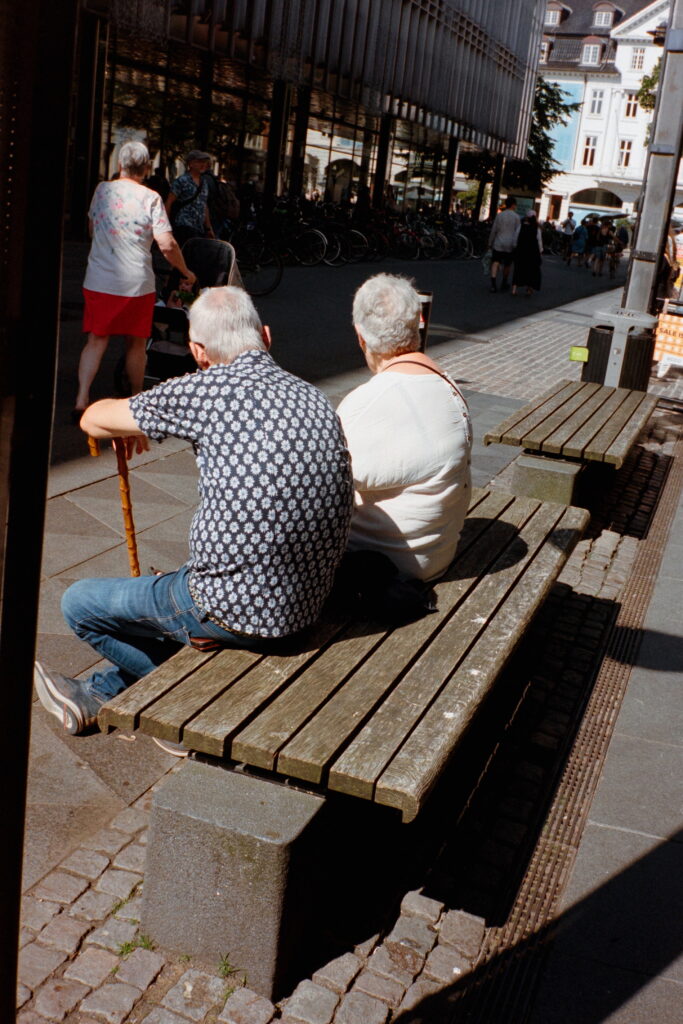
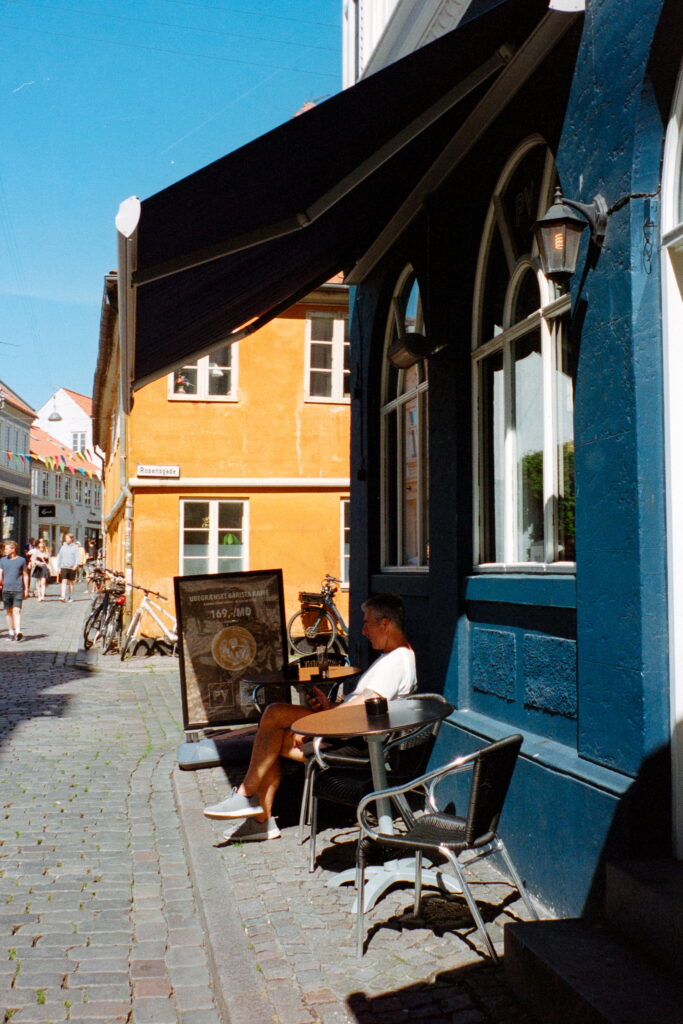
Think about how it could be improved. Then keep the best, the runner-ups, and—if you have the space—the discards too. Print your favourites. Create a small “winner” album. Keep it as living proof of your growth and hard work, especially on days you doubt yourself. The more you study your own photos, the more you learn about your style.
The Story of Quantity vs. Quality
You’ve probably already heard this story from Atomic Habits by James Clear:
A photography professor splits his class into two groups. One group is graded on one perfect photo. The other group is graded on the number of photos they submit. Who made the better photos?
The quantity group.
They had more practice. More room to fail. They learned by doing. This matches my experience, though I believe quantity only trumps quality when it’s intentional quantity.
Know When to Experiment—and When to Just Shoot
If you’ve made it this far, you might be thinking what I’ve often thought while reading about creativity:
“Does it have to be this hard? Shouldn’t it just be easy and fun?”
It should—and it will be. But only once you’ve practised it. Creativity is like a muscle. Use it or lose it. Just like sports or languages, things get easier and more fun with muscle memory. And just like with sports, there are times for deliberate practice and times when you need to let go.
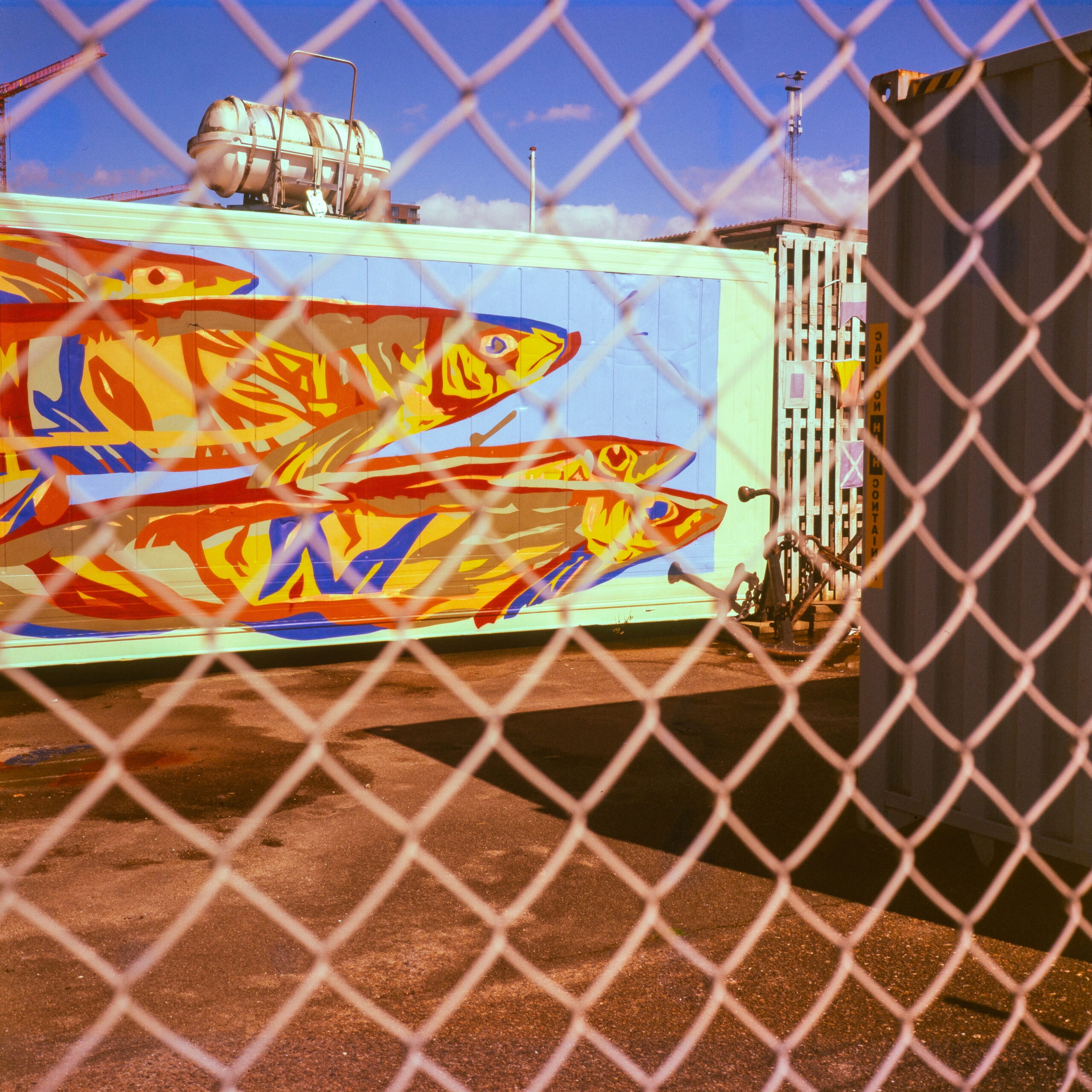
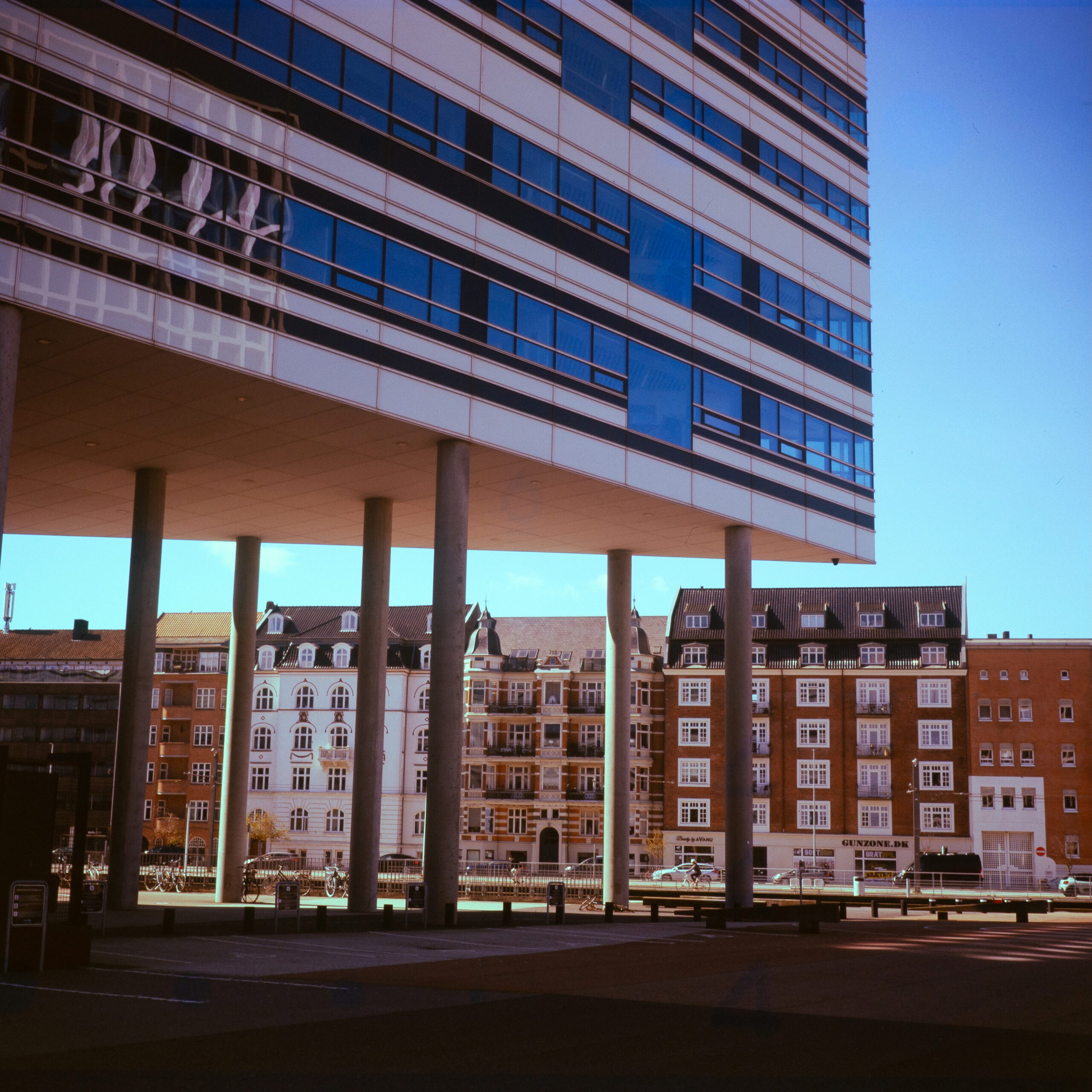
For me, I let go when I’m with friends or family—even if I have my camera. I also let go when I travel. It’s at home, in Aarhus, that I experiment and try new things. I usually say:
“Aarhus is my arena. Travel is my playground.”
It’s hard for me to feel creative or curious in the environment I see every day—which makes it even more rewarding when I finally get a shot I’m happy with. But when I’m somewhere new, I see everything with fresh eyes—without even trying.
I hope this inspires some of you to go out and think a little differently about how or why you shoot. Well… I had fun writing it regardless.
Share this post:
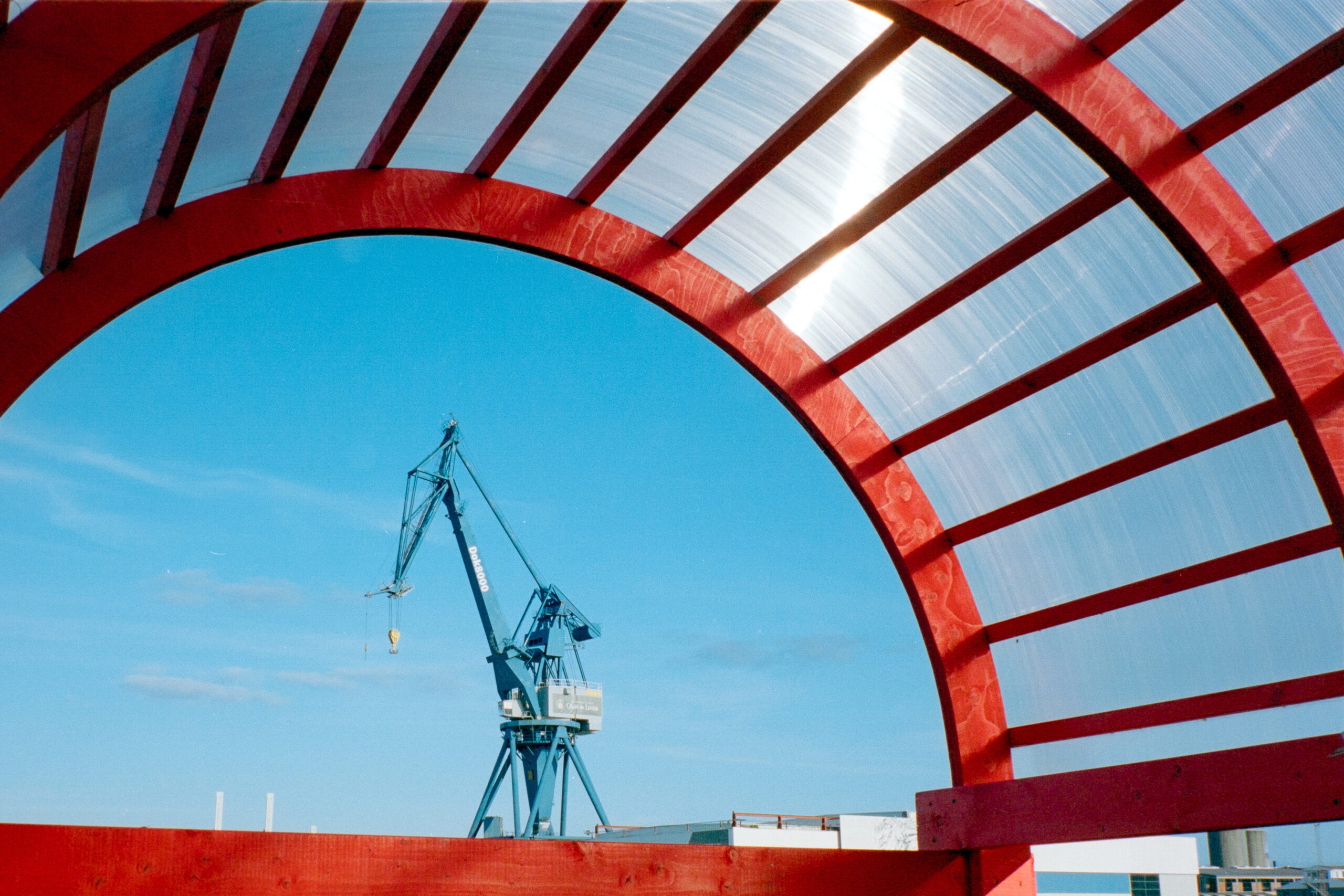

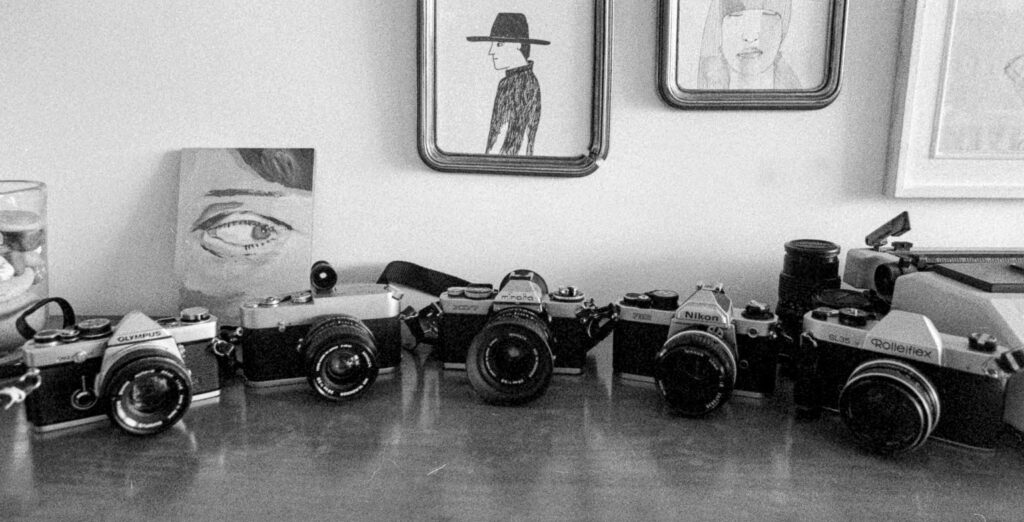
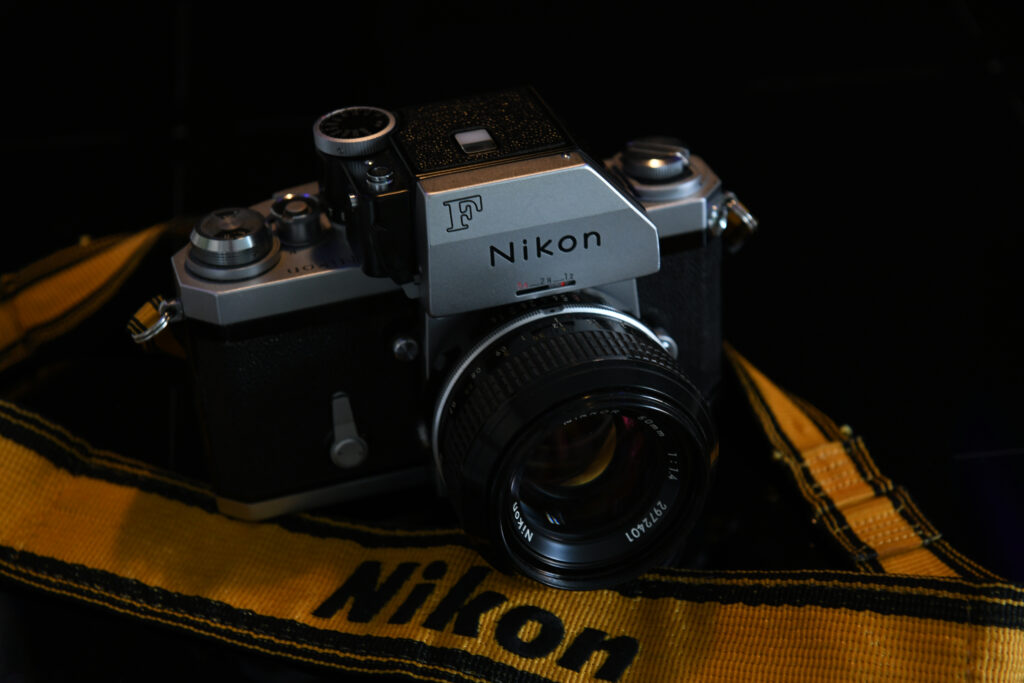
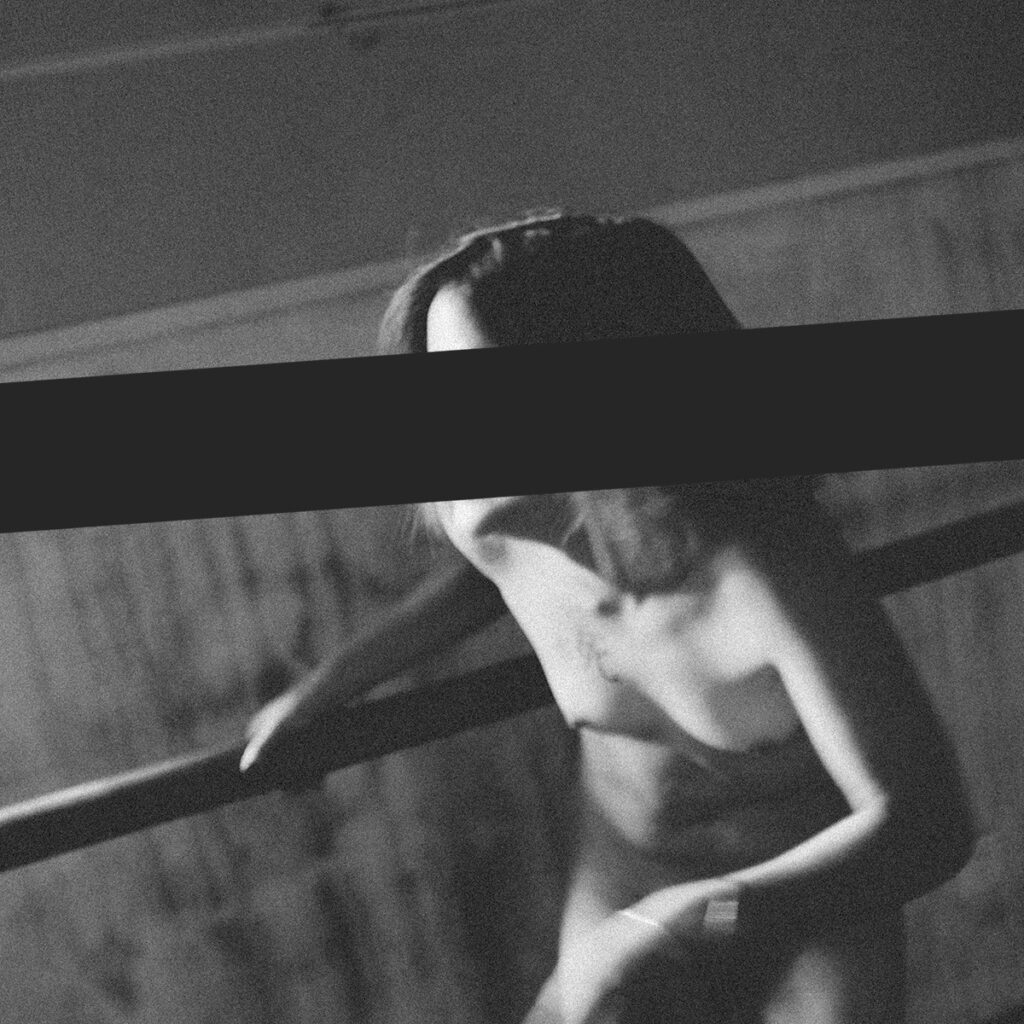
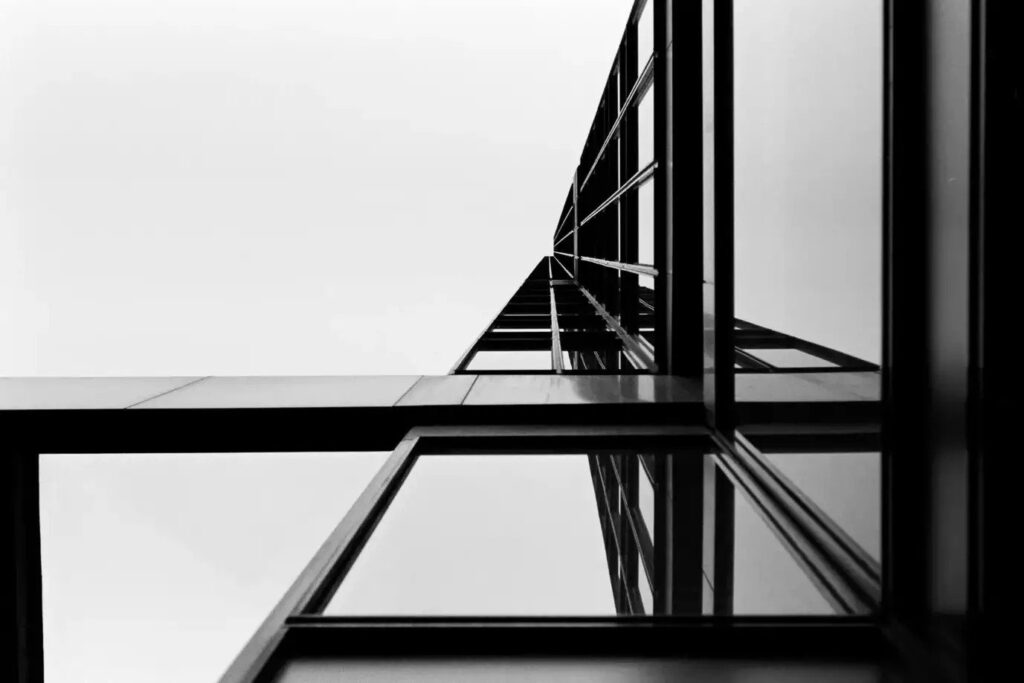
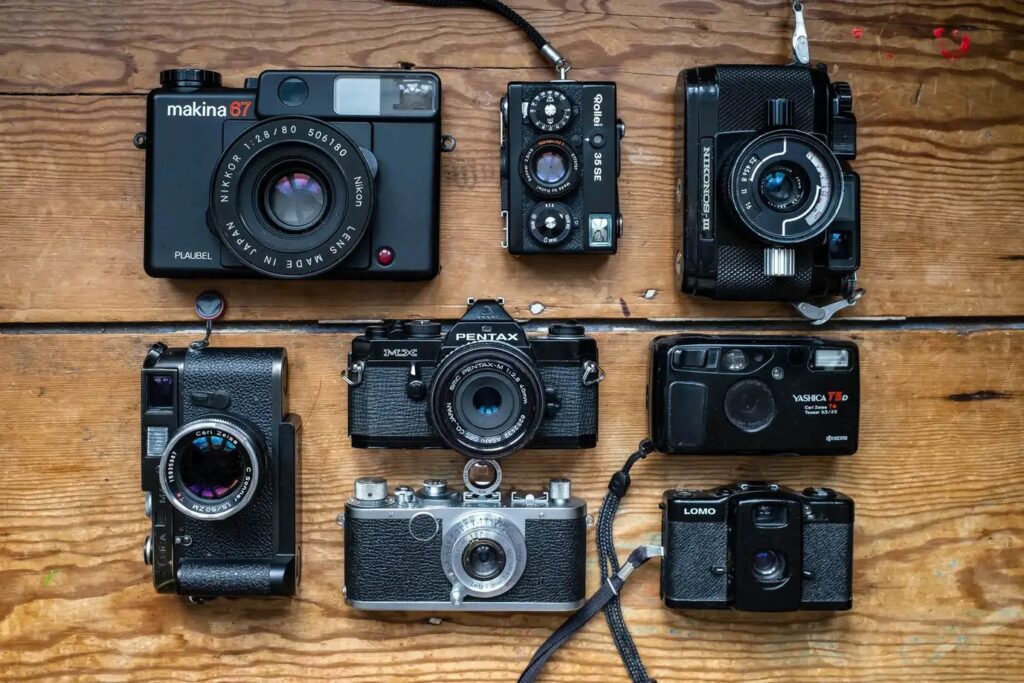
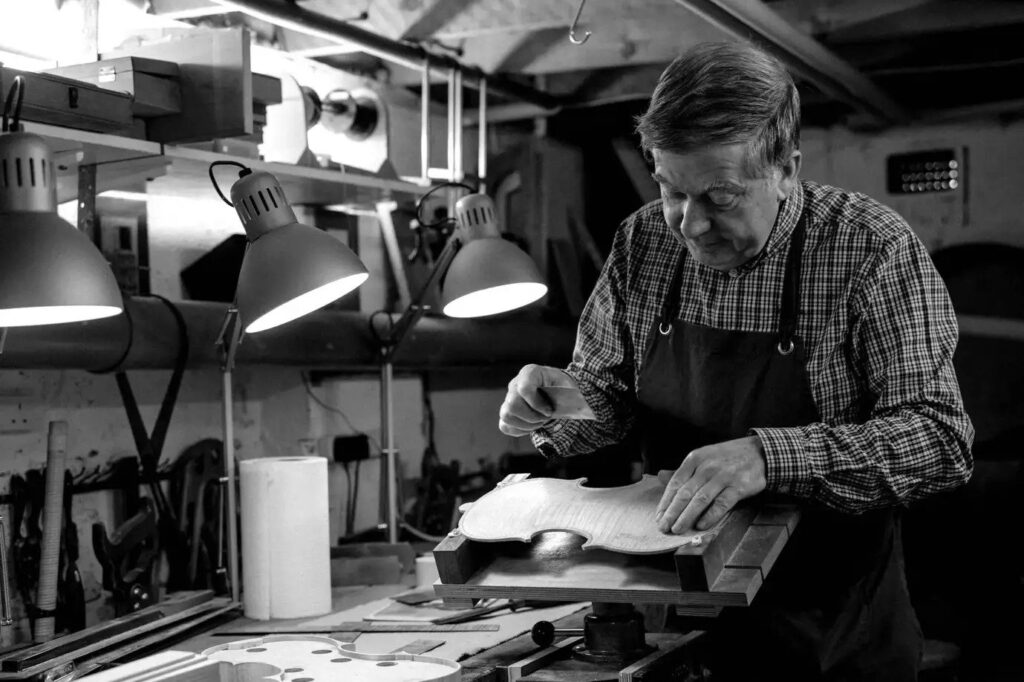
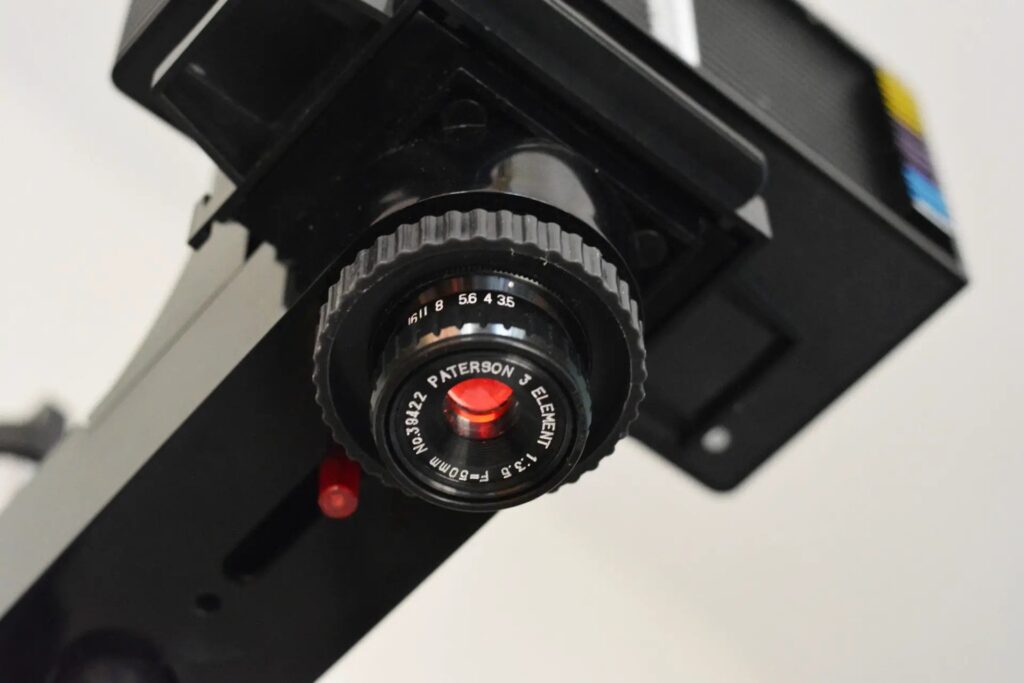
Comments
Andrew Thompson on On Creativity – More Bad Photos, More Joy
Comment posted: 05/06/2025
I just bought a photo album, to print off my favourite photos and keep at hand so I can enjoy my work without a glowing screen.
Wonderful photos too!
Thank you.
Comment posted: 05/06/2025
Felix Troiszéro on On Creativity – More Bad Photos, More Joy
Comment posted: 05/06/2025
Comment posted: 05/06/2025
Ibraar Hussain on On Creativity – More Bad Photos, More Joy
Comment posted: 05/06/2025
I was brought up long before social media but the same thing applies - any photography is usually influenced by memories of photos seen, be it black and white news paper images or National Geographic
Comment posted: 05/06/2025
Comment posted: 05/06/2025
David Hume on On Creativity – More Bad Photos, More Joy
Comment posted: 06/06/2025
So I guess in your process as you describe it there are many triggers in the constraints of the process to get you thinking creatively, looking for new possibilities, but there also a real-time aesthetic judgement being made along the way, deciding when to press and not to press the shutter. Or to restate it, I guess creativity will allow one to be more receptive to different situations and see the possibilities within them, and aesthetics allows us to discriminate between good and bad images once they are made, and then with experience it will allow a proportionately greater number of our images to be made at times when the aesthetic outcome is likely to be good.
Cheers.
Comment posted: 06/06/2025
Geoff Chaplin on On Creativity – More Bad Photos, More Joy
Comment posted: 06/06/2025
Comment posted: 06/06/2025
Leon on On Creativity – More Bad Photos, More Joy
Comment posted: 07/06/2025
Some random thoughts
"The best photographers don’t share photos everyday from random walks; they share what works and what keeps them going. Instagrammers shout to get your attention—they’ll try anything. Choose your input wisely." I compare this comment to Banksy's output.
Love him or hate him. We wait in anticipation for his next work. Each one is a message to us all. For instagrammers they too give us messages but most times it is just a howl of ‘I've got to be heard’
As has been stated we learn from looking at the works of the great photographers. and another comment says its all been photographed before. Ok true but that is nothing new. Step back in time to the days of painting. Before the days of photography. (Given that photography freed painters from a fairly narrow stream of subject matters and thus allowed to them to explore and experiment).
Over the centuries for each generations output of painterly work was inspired by their own experiences and the works of the preceding generations. i.e. selective plagiarism. And certainly in Europe the subject matter was a bit narrow. Mainly, biblical scenes, classical mythology and portraits. Same stories different visualisations.
Are we as photographers any different? We are faced with the same challenges and constraints of ‘picture makers’ who have gone before and will be faced by those who come after us. Are we not liberated and restrained by our own creativity or lack of it further encouraged or limited by the judgements of our peers?
Comment posted: 07/06/2025
Gary Smith on On Creativity – More Bad Photos, More Joy
Comment posted: 07/06/2025
Thanks for your post!
Comment posted: 07/06/2025
Eagle Omomuro on On Creativity – More Bad Photos, More Joy
Comment posted: 09/06/2025
Comment posted: 09/06/2025